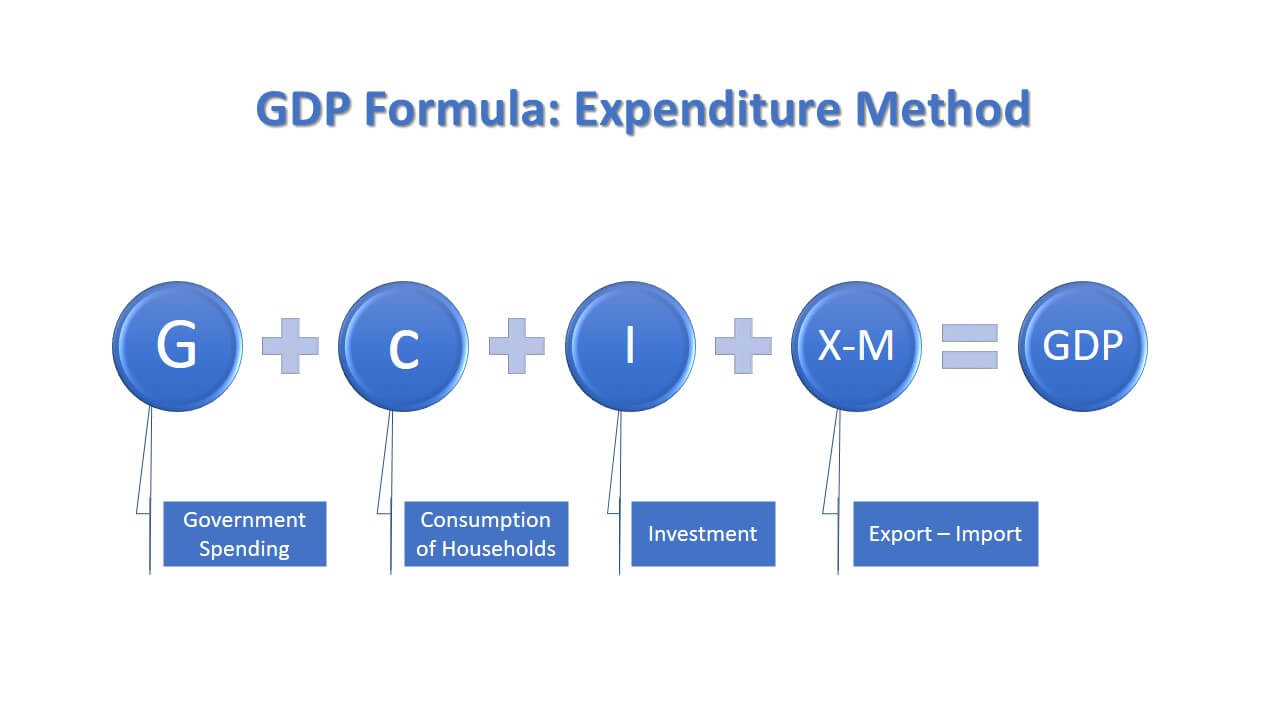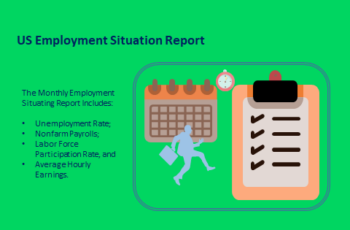Capital Account (CA) refers to the balance of investment (assets and liabilities) flows between a country and the rest of the world. Examples are the sale of lands to embassies, debt forgiveness, and intangible assets.
The Net Capital Account (NCA) refers to the sum of capital inflows less capital outflows.
Some governmental entities add the capital account to the financial account and call it the Capital and Financial Account. However, others and the IMF separate both and create independent accounts. The Financial Account records the transfer of financial assets and liabilities between a country and the rest of the world.
In this article, we discuss only the CA and exclude financial assets and liabilities.
Please note that the Capital Account, Financial Account, and Current Account are the main components of the balance of payments.
Components of Capital Account
The CA has two sub-accounts.
1. Capital Transfers
Capital transfers refer to transactions where one party transfers ownership of assets to another country without receiving anything in return.
- Forgiveness of debt – So that the borrower does not need to pay
- Aid – Generally, wealthy nations aid poor nations to build schools, roads, or other projects.
- Transfer of assets between residents
2. Acquisition/Disposal of Non-Produced, Non-Financial Assets
In short, the acquisition/disposal of non-produced, non-financial assets records the buying and selling of tangible and intangible assets.
- Tangible assets – Physical assets that you can touch such as rights to natural resources and sale of properties.
- Intangible assets – These are those assets that can not be touched, such as trademarks, patents, copyrights, and intellectual property rights.
Capital Account Surplus and Deficit
A Capital Account surplus indicates that the inflow of capital into a country is more than the outflow. Contrarily, a CA deficit indicates capital outflow is more than inflow.
Which one is better, CA surplus or deficit?
Ideally, a country prefers a surplus. It indicates that foreign nations invest more in the domestic nation, which is better for the domestic economy.
On the other hand, a deficit shows that capitalists are fleeing to other countries. It is a bad sign of economic performance which declines the trust in the economy, increases the unemployment rate, decreases economic growth, and so on.
Top 10 Countries with Largest Current Capital Account Surplus
The below table lists the top 10 countries in the world in 2022 with the largest Current Capital Account surplus.
The Netherlands leads the list followed by Spain and France.
| Number | Name of Country | Current Capital Account Surplus (USD) |
|---|---|---|
| 1 | Netherlands | 112,473,629,597 |
| 2 | Spain | 12,405,394,120 |
| 3 | France | 11,313,741,312 |
| 4 | Italy | 10,701,493,512 |
| 5 | Romania | 7,251,707,285 |
| 6 | Hungary | 3,880,730,884 |
| 7 | Greece | 3,220,403,243 |
| 8 | Poland | 1,951,000,000 |
| 9 | Croatia | 1,796,909,540 |
| 10 | Slovak Republic | 1,378,953,253 |
Top 10 Countries with Largest Current Capital Account Deficit
The following table lists the top 10 countries in the world in 2022 with the largest Current CA deficit.
Surprisingly, Germany, the powerhouse of manufacturing in Europe is leading the deficit. Before the Russian attack on Ukraine, Germany’s Current CA was almost balanced. But hugely changed after the war.
| Number | Name of Country | Net Capital Account Deficit (USD) |
|---|---|---|
| 1 | Germany | 19,464,701,479 |
| 2 | Ireland | 8,251,608,428 |
| 3 | United States | 4,603,000,000 |
| 4 | Russia | 4,579,660,000 |
| 5 | United Kingdom | 3,608,754,813 |
| 6 | Saudi Arabia | 2,460,933,333 |
| 7 | South Africa | 1,901,214,133 |
| 8 | Japan | 865,183,970 |
| 9 | Australia | 576,196,787 |
| 10 | Norway | 457,481,342 |
Bottom Line
The Capital Account records what assets foreigners own inside a country and what assets owns organizations and people of this country have in the rest of the world. And the Net Capital Account reflects those changes. And a surplus is preferred.
This account is part of the Balance of Payment. This account is more important for those countries that want to attract foreign investments to boost their economies.



![Producer Price Index [A Comprehensive Guide] Producer Price Index [A Comprehensive Guide]](https://srading.com/wp-content/uploads/2023/10/Producer-Price-Index-350x230.png)


